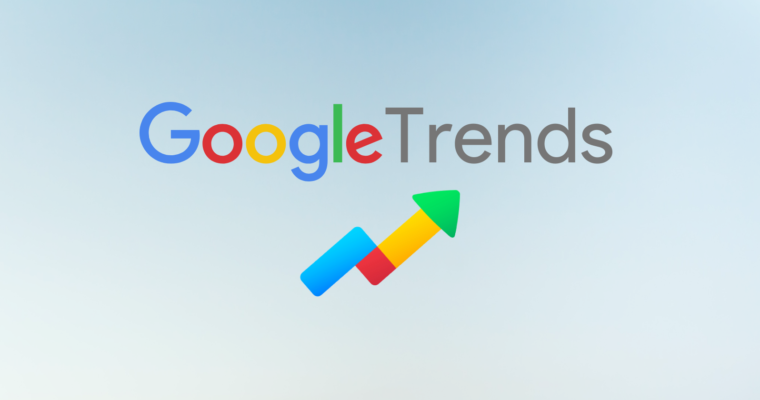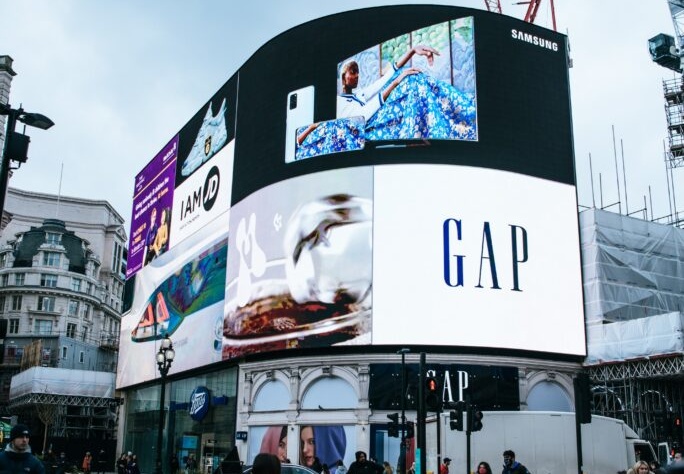In today’s highly competitive digital marketplace, effective advertising isn’t just about increasing clicks, it’s about getting maximum value from every penny spent. For eCommerce businesses using Google Ads, controlling your cost per click (CPC) is essential to ensuring that your marketing budget delivers a strong and sustainable return on investment.
At eCommerceXpert, we’ve worked with a range of brands from boutique startups to international retailers and one truth remains consistent: lower CPCs often lead to greater profitability when managed correctly. If you’re looking to increase visibility, reduce ad spend and boost conversions, here are six powerful and practical ways to lower your Google Ads CPC in 2025.
1. Adjust Your Bids Strategically
The instinct for many businesses is to bid aggressively to secure the top ad position but this can rapidly inflate CPC without a guaranteed return. Instead, adopting a strategic bidding model often yields better results. Aim for positions two to four, where visibility remains high but costs tend to drop significantly.
Assess your campaign’s performance data regularly. If conversions remain consistent at lower bid levels, reduce your max CPC to improve efficiency. Google’s auction system factors in Quality Score as well as bid, so even with a slightly lower bid, you may still maintain a strong ad placement if your ads are highly relevant.
2. Embrace Smart Bidding and Automation
Manual bidding can work, but it’s time consuming and often less efficient than Google’s automated options. With advancements in machine learning, Google Ads now offers smart bidding strategies that adjust bids in real time based on user behaviour, device, location and time of day.
Popular smart bidding strategies include:
- Maximise Clicks: Best for campaigns aiming to drive traffic quickly.
- Target CPA (Cost Per Acquisition): Ideal for eCommerce brands focused on conversions.
- Maximise Conversions: Google automatically seeks out users most likely to buy.
Be aware that smart bidding requires time to stabilise allow two to four weeks of learning time before making major changes or assessing performance.
3. Focus on High Intent, Long Tail Keywords
Generic, high volume keywords often come with fierce competition and inflated costs. Instead, focus on long tail specific keywords, intent rich phrases that may have lower search volume but higher conversion potential.
Examples include:
- “Buy men’s minimalist leather wallet UK”
- “Eco friendly shampoo subscription box”
- “Personalised baby gift boxes UK”
These searches indicate strong purchase intent and typically result in lower CPCs, especially when matched to tightly themed ad groups and relevant landing pages.
4. Optimise with Negative Keywords
Wasted ad spend is one of the biggest culprits behind rising CPCs. Every irrelevant click eats into your budget without producing meaningful results. That’s why implementing a robust list of negative keywords is crucial.
For example, if you sell premium home décor, filter out terms such as:
- “cheap”
- “free”
- “DIY”
- “second hand”
Use the Search Terms Report regularly to identify non converting or irrelevant queries, then add those as negative keywords to keep your campaigns laser focused on your ideal customer base.
5. Enhance Quality Score for Lower CPC
Quality Score is one of the most influential metrics in Google Ads. It directly impacts how much you pay per click and whether your ads are shown at all. A higher Quality Score means Google sees your ad as relevant, useful, engaging and rewards you with lower CPCs.
Focus on the three core components of Quality Score:
- Ad Relevance: Ensure your ads are tightly aligned with each keyword.
- Landing Page Experience: Make sure your landing pages are fast loading, mobile friendly and reflect the ad’s promise.
- Expected Click Through Rate (CTR): Write compelling copy that encourages clicks. Use clear value propositions and strong calls to action.
Investing time in improving Quality Score often results in long term savings across all campaigns.
6. Refine, Test, and Optimise Continuously
The best performing Google Ads campaigns are those that are constantly evolving. If you’re not testing and iterating, you’re leaving money on the table.
Regularly review:
- Which ads are delivering the best cost per conversion
- Which audiences or locations yield the strongest ROI
- Which ad variations attract higher engagement
Split test (A/B test) different headlines, descriptions and extensions. Run experiments on landing pages. Remove underperforming ads or ad groups quickly and double down on what’s working.
Optimisation is not a one time task, it’s an ongoing process that can dramatically reduce CPC while increasing the effectiveness of your advertising.
Final Thoughts
Reducing your CPC in Google Ads doesn’t mean cutting corners, it’s about refining your approach, investing in quality, and staying adaptable to your market and audience. By implementing these six powerful strategies, you can reduce costs, increase your return on ad spend and create a smarter, more resilient advertising strategy for 2025 and beyond.
At eCommerceXpert, we specialise in supporting ambitious eCommerce businesses who want to scale profitably. Whether you’re just launching your first campaign or managing thousands of products across multiple markets, our team can help you lower costs while driving performance.
Book Your Free Consultation
Ready to lower your Google Ads spend and boost ROI?
Call us today on 01325 939 838 to book your free consultation with Myk Baxter or one of the team. Let’s get you on the path to better results with a smarter strategy.
The post Good ways to lower your Google Ad cost per click appeared first on eCommerce Expert.




